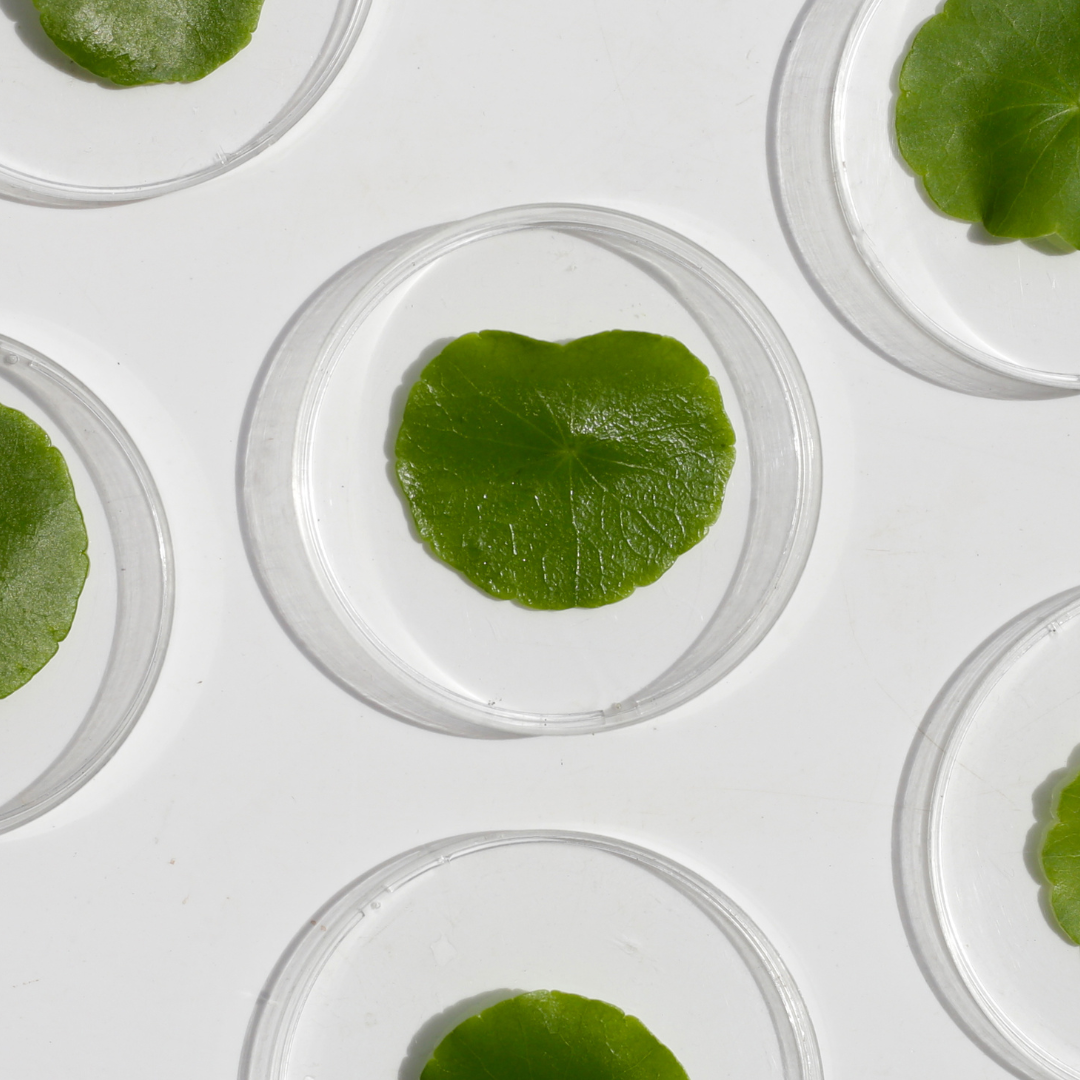When it comes to skincare, the ingredient list is generally the first thing we look at as it's a fundamental source of information. However, the names on an ingredient dec is only part of the equation. Understanding where an ingredient is sourced, how it is extracted, its formulation with other ingredients, and its placement within the ingredient list can drastically affect a product in many ways.
Although we are not chemists ourselves, we do strive to understand the science behind these critical aspects of skincare ingredients, highlighting how these factors combine to shape a products performance.
Source of Ingredients: Why Origin Matters
The origin of skincare ingredients can impact purity, bioavailability, and effectiveness. For example, certain regions are known to produce more potent forms of herbs due to natural conditions. Korean ginseng, for instance, is lauded for its high concentration of ginsenosides due to Korea’s unique climate, giving it higher efficacy in anti-aging products compared to other ginseng varieties.
Sustainable sourcing practices is also important. It ensures minimal environmental impact, especially with botanicals that are heavily harvested for cosmetics, like shea butter and rosehip oil. Sustainable sourcing can also mean fair trade practices, which not only benefit the environment but support the communities that cultivate these resources.
Extraction Processes: How They Impact Ingredient Efficacy
The extraction process defines the bioavailability and potency of an ingredient. For active botanicals, this process can make or break their efficacy in skincare formulations. Some extraction methods include:
Cold pressing retains the maximum amount of nutrients, antioxidants, and essential fatty acids by avoiding heat, which can degrade these compounds. This method is commonly used for ingredients like oils (e.g., jojoba, olive) to preserve their skin-conditioning properties.
Solvent extraction may be necessary for certain plants, particularly when targeting specific compounds (like resveratrol from grape skins). However, traces of solvents, if not removed, can cause skin sensitivity, particularly in individuals with sensitive skin.
Then theres CO2 extraction. This cutting-edge, clean extraction method uses carbon dioxide under high pressure to extract potent actives without heat, preserving delicate compounds and enhancing stability, particularly for sensitive actives like chamomile and green tea polyphenols.
Synergy of Ingredients: Why Pairing Matters
Ingredients can perform synergistically, meaning certain combinations enhance each other’s effects. Conversely, some ingredients can counteract each other if combined incorrectly. Understanding these interactions can optimize a product’s performance and minimize potential irritations.
For example, vitamin C combined with vitamin E has been shown to provide enhanced photoprotection against UV damage. When formulated together in the correct pH, this combination can stabilize vitamin C, enhancing its longevity and absorption.
Strong actives like retinoids or acids (e.g., glycolic acid) require careful formulation to avoid irritation. For instance, using a humectant like hyaluronic acid can buffer the skin against the drying effects of retinoids, making products more tolerable for daily use.
Ingredient Hierarchy: Placement on the List
The order of ingredients matters due to a regulatory rule: ingredients are listed by concentration from highest to lowest. Ingredients that comprise less than 1% of the formula can be listed in any order, which is where some misleading labeling practices arise. However, understanding ingredient hierarchy can help distinguish which actives are prominent in a product and which are merely for marketing purposes.
For ingredients like niacinamide or salicylic acid to have a noticeable effect, they typically need to be within the top five ingredients. A common misconception is that merely having an ingredient listed on the label means it’s effective. However, if retinol, for instance, is far down the list, its concentration may be too low to impact skin significantly.
Ingredients like water or emollients (e.g., glycerin) often appear at the beginning due to their role as carriers. While essential for product stability and texture, they do not necessarily indicate a product’s potency in terms of active ingredients.
Preservatives and Stabilizers: Essential but Misunderstood
Preservatives and stabilizers are essential for the safe and effective delivery of active ingredients, but they often receive negative attention due to misconceptions about toxicity. Without these components, many formulations would become breeding grounds for bacteria, posing a greater risk than the ingredient itself.
Some natural preservatives like rosemary extract can protect against bacteria and extend shelf life, but are typically less effective than synthetic counterparts (e.g., phenoxyethanol). For stability-sensitive products, particularly those containing water, synthetic preservatives may be essential for efficacy and safety.
Ingredients like EDTA are used to stabilize formulas by binding to trace metals that could cause a product to degrade. While EDTA is controversial, in small amounts it prevents oxidation, which can render actives less effective and even cause skin irritation.
Hope this is helpful. We want to encourage you to seek out continuing education regarding ingredient knowledge. As estheticians it's so important that we take some time to understand why and how the nuances of ingredients matter.




Comment
This is an interesting message and article. Sometimes, I forget about sourcing ingredients and focus on pairing them. This is a good reminder that it’s all important, and it’s nice to know that Kin Aesthetics is doing that for us in the background to ensure the highest forms of ingredients and sourcing.